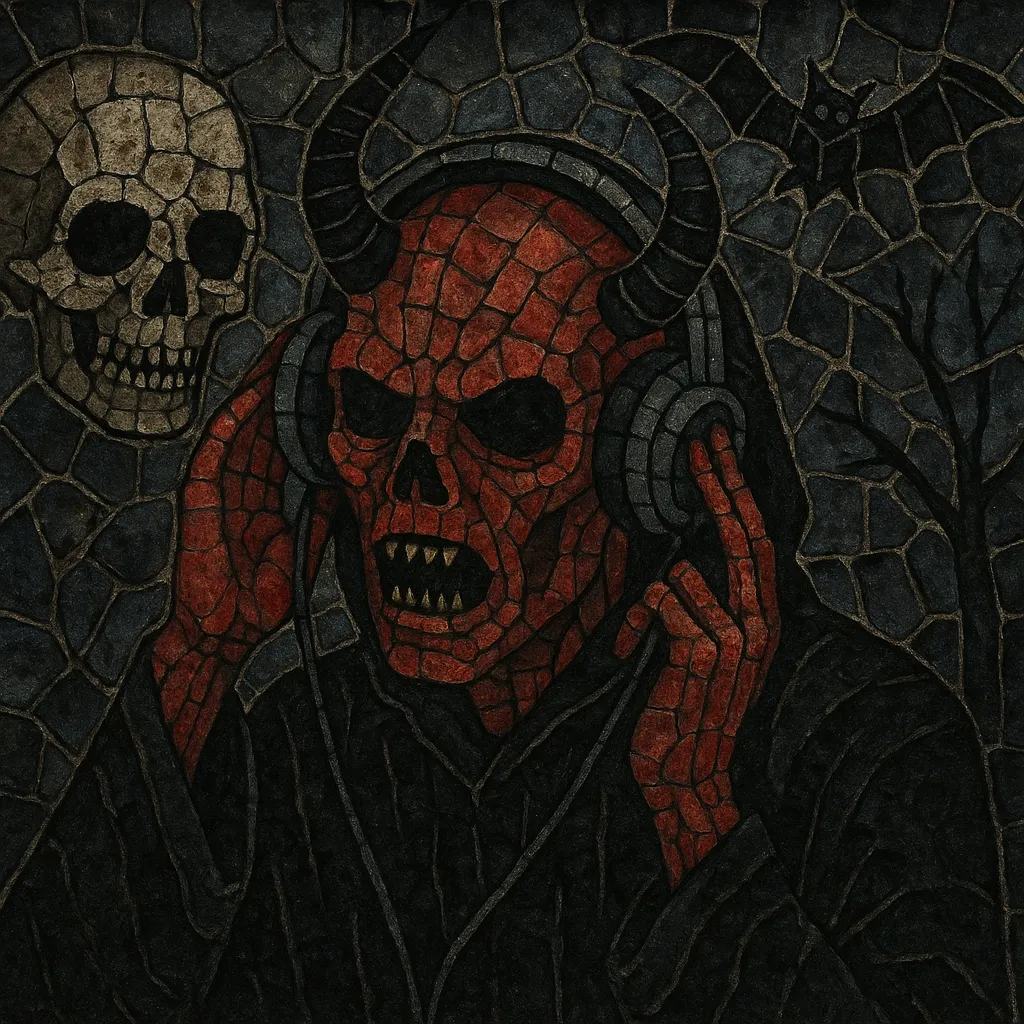
Terror plugg is a dark, horror-tinged offshoot of plugg that emphasizes menacing atmospheres, eerie melodies, and stark, skeletal drum programming.
It typically retains plugg’s bouncy 808s, skittering hi-hats, and clicky rimshots, but swaps the dreamy pads and bell tones for sinister choirs, dissonant bells, detuned synths, and horror-score textures.
Vocals often lean cold and deadpan or whispered and threatening, with lyrics centering on paranoia, street menace, occult imagery, and nocturnal cityscapes.
Terror plugg emerged in the early 2020s within the broader SoundCloud plugg ecosystem. Producers and rappers sought a heavier, more ominous twist on the genre’s floaty, bell-led sound—leaning into horror motifs, cinematic drones, and minor-key progressions while keeping plugg’s signature drum feel.
As “dark plugg” playlists and “terror plugg type beats” proliferated on YouTube and BeatStars, a shared toolkit formed: tubular bells and church choirs, tritone intervals, detuned pads, rumbling 808 glides, and clipped, narrow-band vocal processing. The style drew on the moodiness of horrorcore and the cavernous space of dark ambient while maintaining hip-hop structure and plugg swing.
The style spread via producer kit exchanges, Discord servers, and TikTok snippets of ominous beat tags. Rappers from the SoundCloud underground adopted the colder sonic palette for short, high-impact tracks suited to viral clips, cementing terror plugg as a recognizable micro-tag within the plugg/trap family.
Terror plugg sits between darker pluggnb and horrorcore-influenced cloud/trap. It borrows atmosphere from phonk’s Memphis lineage and sometimes from witchy ambient textures, but preserves plugg’s crisp drum skeleton and 808-driven bounce.
By the mid-2020s, terror plugg stabilized as a niche but persistent lane: a go-to mood for artists who want plugg’s mobility with a distinctly sinister, cinematic edge.

